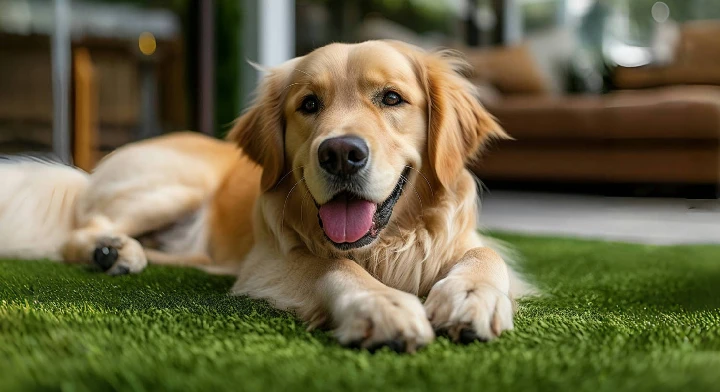
- Afrikaans
- Arabic
- Belarusian
- Bengali
- Czech
- Danish
- Dutch
- English
- Esperanto
- Estonian
- Finnish
- French
- German
- Greek
- Hindi
- Hungarian
- Icelandic
- Indonesian
- irish
- Italian
- Japanese
- kazakh
- Rwandese
- Korean
- Kyrgyz
- Lao
- Latin
- Latvian
- Malay
- Mongolian
- Myanmar
- Norwegian
- Persian
- Polish
- Portuguese
- Romanian
- Russian
- Serbian
- Spanish
- Swedish
- Tagalog
- Tajik
- Thai
- Turkish
- Turkmen
- Ukrainian
- Urdu
- Uighur
- Uzbek
- Vietnamese
indoor sports turf
Nov . 17, 2024 03:01 Back to list
The Rise of Indoor Sports Turf Revolutionizing Athletic Training and Competition
In recent years, the growing demand for versatile and weather-resistant sporting venues has led to the increased adoption of indoor sports turf. This innovative flooring solution has revolutionized the way athletes train and compete, offering a multitude of benefits that cater to various sports disciplines. As we explore the significance of indoor sports turf, it becomes clear how it is transforming the landscape of athletic facilities, benefiting athletes of all levels.
The Evolution of Indoor Sports Facilities
Traditionally, indoor sports were played on hardwood or concrete surfaces, which often limited the scope of activities and created issues related to player safety. The introduction of synthetic turf has changed this dynamic, providing a softer, more forgiving surface that mimics the natural grass experience. This enables athletes to train year-round, irrespective of weather conditions, making indoor sports turf an essential component of modern sports facilities.
Benefits of Indoor Sports Turf
1. Enhanced Performance One of the most significant advantages of indoor sports turf is its potential to enhance athletic performance. The engineered fibers and infill material allow for better traction and stability, reducing the risk of injury. Athletes can practice and play on a surface designed to simulate the feel of natural grass, which can translate to improved performance during outdoor competitions.
2. Versatility Indoor sports turf can accommodate a wide variety of sports, including soccer, football, field hockey, and even golf. This versatility makes it an attractive choice for sports complexes that aim to cater to diverse athletic interests. Facilities equipped with indoor turf can host multiple events simultaneously, maximizing their usage and generating more revenue.
3. Maintenance and Durability Unlike natural grass, which requires constant maintenance, indoor sports turf is designed for durability and low maintenance. It does not need watering, mowing, or fertilizing, which not only saves on costs but also ensures that facilities remain functional year-round. Additionally, turf can withstand heavy foot traffic and extreme weather conditions without deteriorating, making it a long-term investment for sports facilities.
indoor sports turf

4. Injury Prevention Indoor sports turf is engineered to provide shock absorption, reducing the impact on athletes' joints compared to harder surfaces. This quality helps prevent injuries, particularly for athletes who engage in high-impact sports. With safer training environments, coaches and athletes can focus more on skill development rather than injury recovery.
5. Year-Round Use One of the most appealing aspects of indoor sports turf is its ability to facilitate year-round training and competition. Regardless of the season or weather conditions, athletes can access top-notch training facilities. This advantage is particularly crucial in regions with harsh winters or unpredictable weather patterns, allowing teams to maintain a consistent training schedule.
The Future of Indoor Sports Turf
As the popularity of indoor sports continues to grow, the technology behind sports turf is expected to evolve rapidly. Innovations in materials, maintenance practices, and sustainability will likely shape the next generation of indoor sports facilities. For instance, new developments in eco-friendly turf options, which utilize recycled materials and sustainable practices, are already emerging, prioritizing environmental responsibility alongside athletic performance.
Moreover, with an increasing focus on health and fitness, more communities are likely to invest in indoor turf facilities that promote active lifestyles, provide opportunities for youth sports, and host local competitions. These spaces will not only nurture athletic talent but also foster community engagement and well-being.
Conclusion
Indoor sports turf is more than just a flooring solution; it represents a significant advancement in the way athletes train and compete. Its numerous advantages—enhanced performance, versatility, durability, injury prevention, and year-round use—make it an invaluable asset for modern sports facilities. As we move into the future, the role of indoor sports turf in nurturing athletic talent and promoting active lifestyles will undoubtedly continue to grow, changing the face of sports facilities around the globe.
-
The Benefits of Artificial Turf for Indoors
NewsJul.15,2025
-
How Artificial Grass Suppliers Ensure Quality Products
NewsJul.15,2025
-
Artificial Grass and Pets: A Space for Relaxation
NewsJul.08,2025
-
Balcony & Outdoor Decoration with Artificial Grass
NewsJul.08,2025
-
Best Indoor Artificial Grass for Home
NewsJul.07,2025
-
Best Pet Turf for Dogs: Safe & Durable Artificial Grass Options
NewsJul.07,2025
Products categories









